
Click the blue text above to follow us
Mentioning Ren Shen (Ginseng) is well-known, as it is said, “Da Huang (Rhubarb) saves lives without merit, while Ren Shen kills without fault.” Reports on Ren Shen often focus on its morphological characteristics, efficacy, clinical applications, formulas, chemical components, and pharmacology.This article focuses on common adulterants of Ren Shen found across the country and various medicinal “ginseng” from abroad.The textual materials are primarily sourced from the “Chinese Pharmacopoeia,” “Compendium of Materia Medica,” and the China National Knowledge Infrastructure database, with some images sourced from the electronic version of the Flora of China and the internet.
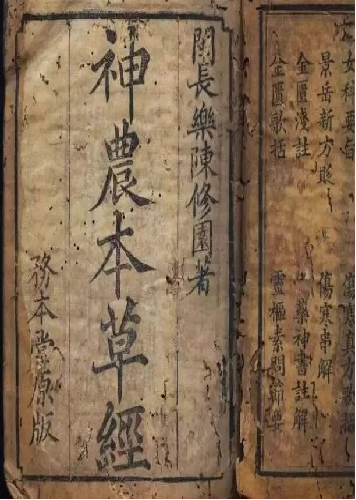
Figure 1
1. What is Ren Shen?
Ren Shen, first recorded in the “Shennong Bencao Jing” (see Figure 1): “Taste is sweet and slightly cold. It primarily tonifies the five organs, calms the spirit, stabilizes the soul, stops palpitations, eliminates evil qi, brightens the eyes, and enhances intelligence. Long-term use lightens the body and prolongs life. Also known as ‘Ren Xian’ and ‘Gui Gai.’ Grows in the valleys of Shangdang Mountain.” It is one of the commonly used Chinese medicines.
According to the “Chinese Pharmacopoeia,” Ren Shen is the dried root and rhizome of the plant of the Araliaceae family. It is harvested mainly in autumn, cleaned, and then sun-dried or oven-dried. Cultivated varieties are commonly referred to as ‘Yuan Shen,’ while those that grow naturally in forested areas are called ‘Lin Xia Shan Shen,’ commonly known as ‘Zi Hai.’ It enters the Spleen, Lung, and Heart meridians. It is sweet, slightly bitter, and neutral. It greatly tonifies the original qi, restores the pulse, strengthens the Spleen and Lung, generates fluids, and calms the spirit.” (see Figures 2 and 3)
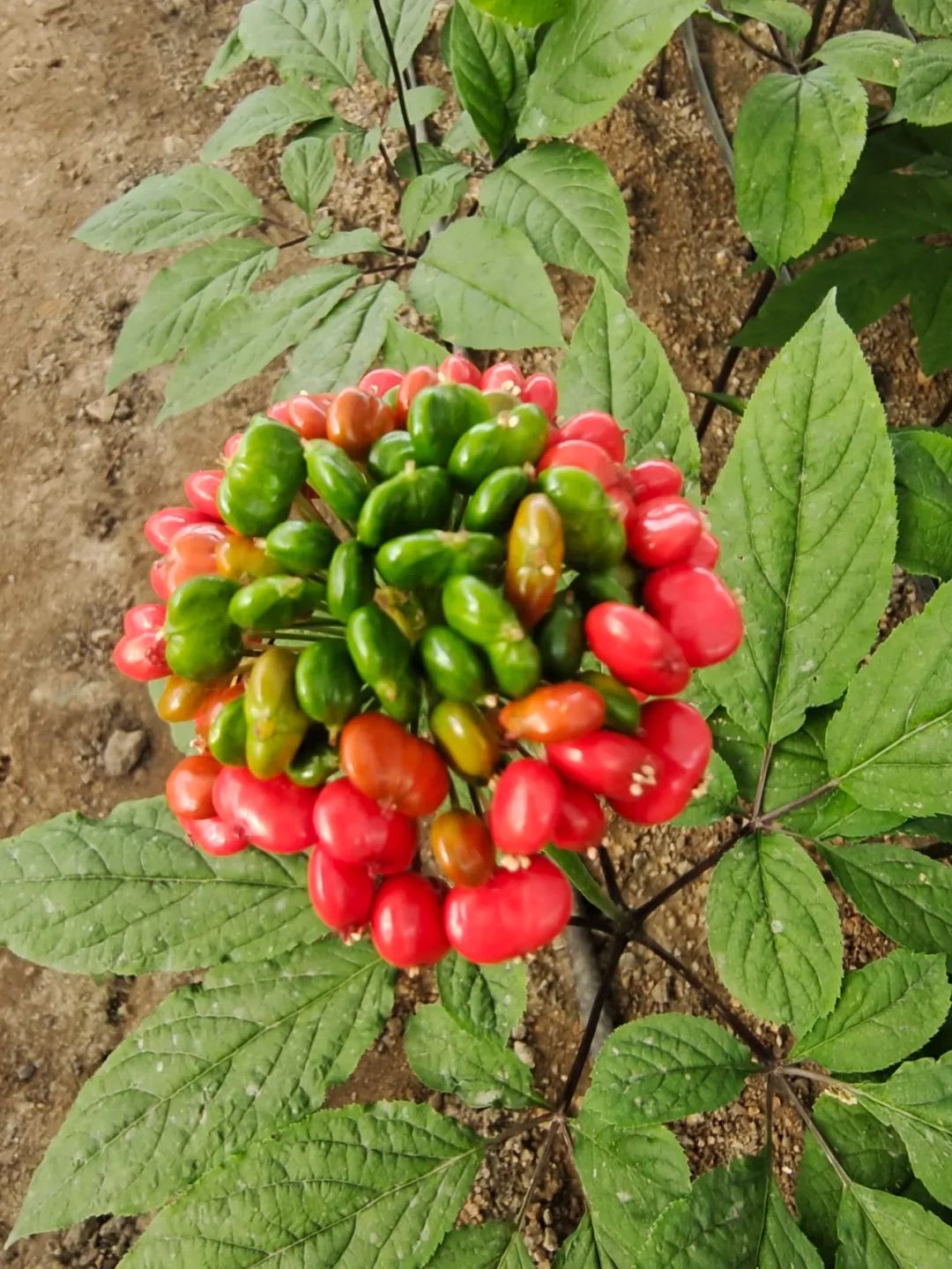
Figure 2
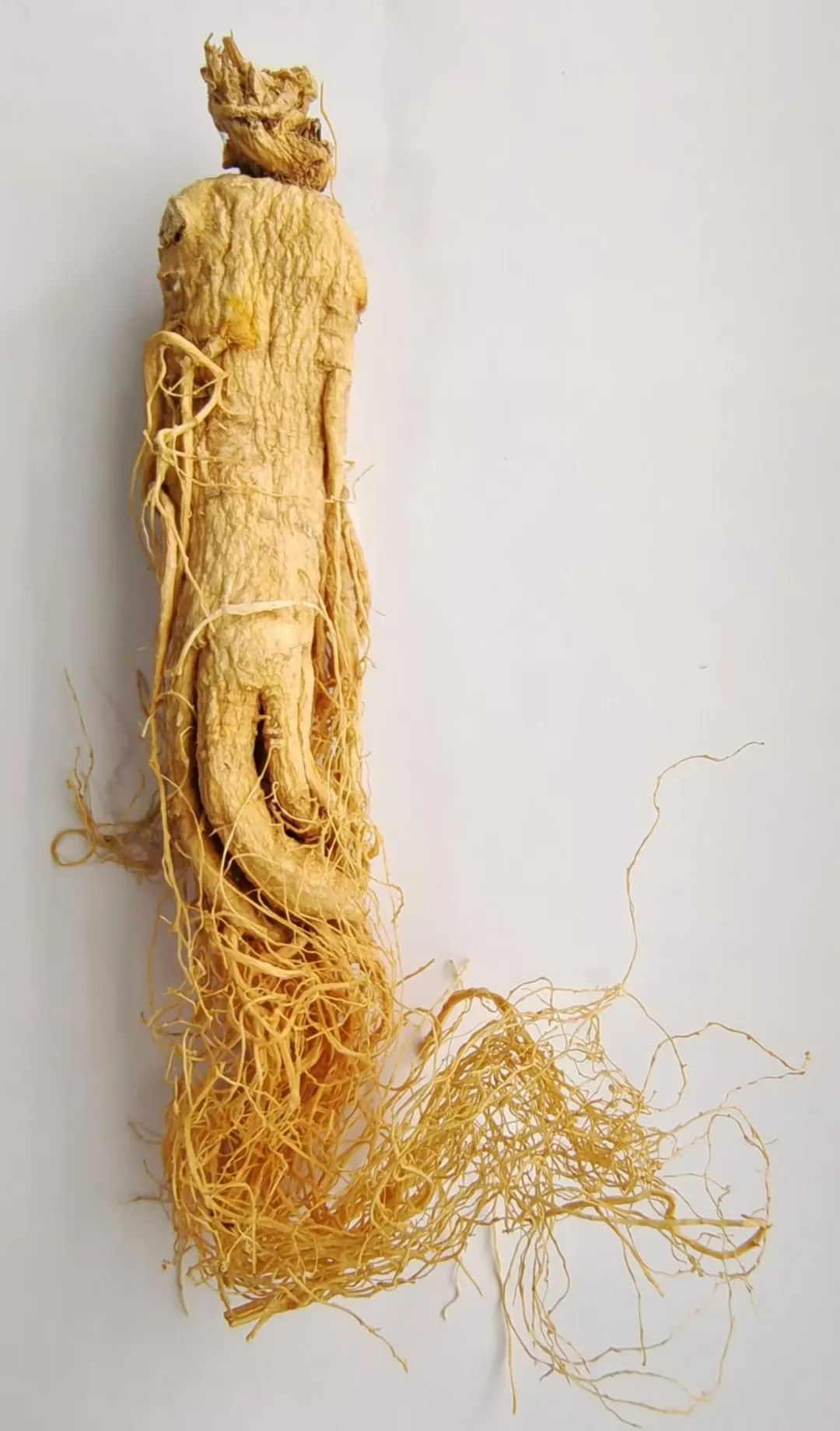
Figure 3
2. Common Adulterants of Ren Shen Across the Country
Due to the miraculous effects of Ren Shen in tonifying original qi, its price has always been high, leading to the frequent appearance of adulterants driven by economic interests. Common adulterants include:
2.1 Wuzhishan Shen
This is the root of the perennial herb Abelmoschus esculentus from the Malvaceae family, known as Wuzhishan Shen in medicine. It is related to the okra (Abelmoschus esculentus) sold in markets, and their fruits are very similar. The fleshy root is radish-like, some with lateral roots, and although it resembles Ren Shen, it lacks the ginseng head. The main distinguishing feature of the fresh product is its high mucilage content, while Ren Shen does not contain mucilage.(see Figures 4, 5, and 6). Sweet, bland, neutral. It enters the Kidney and Stomach meridians. It nourishes Yin, moistens the Lung, and harmonizes the Stomach. It is indicated for dry cough due to Lung dryness, pulmonary tuberculosis, stomach pain, dysentery, and neurasthenia.
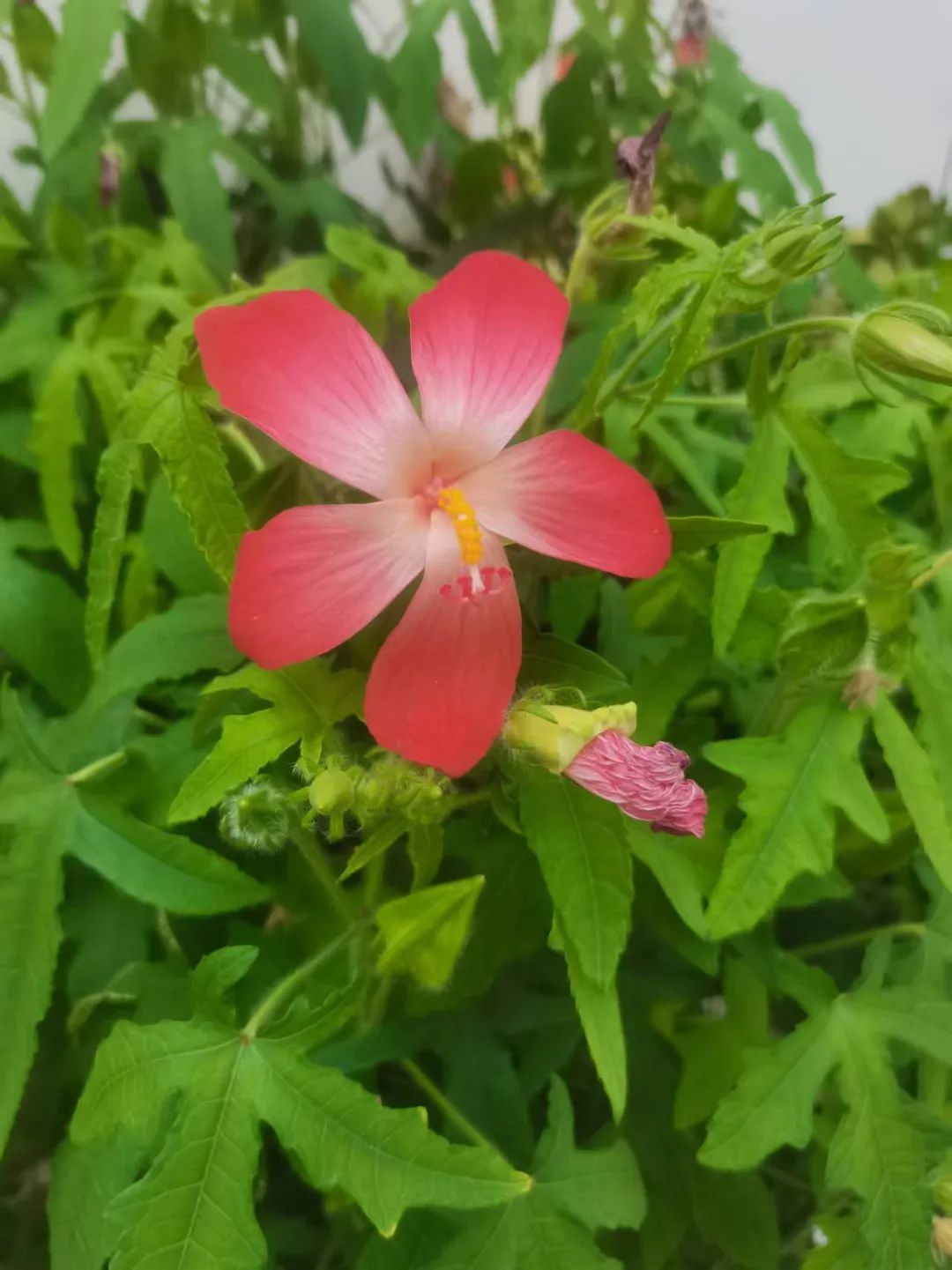
Figure 4
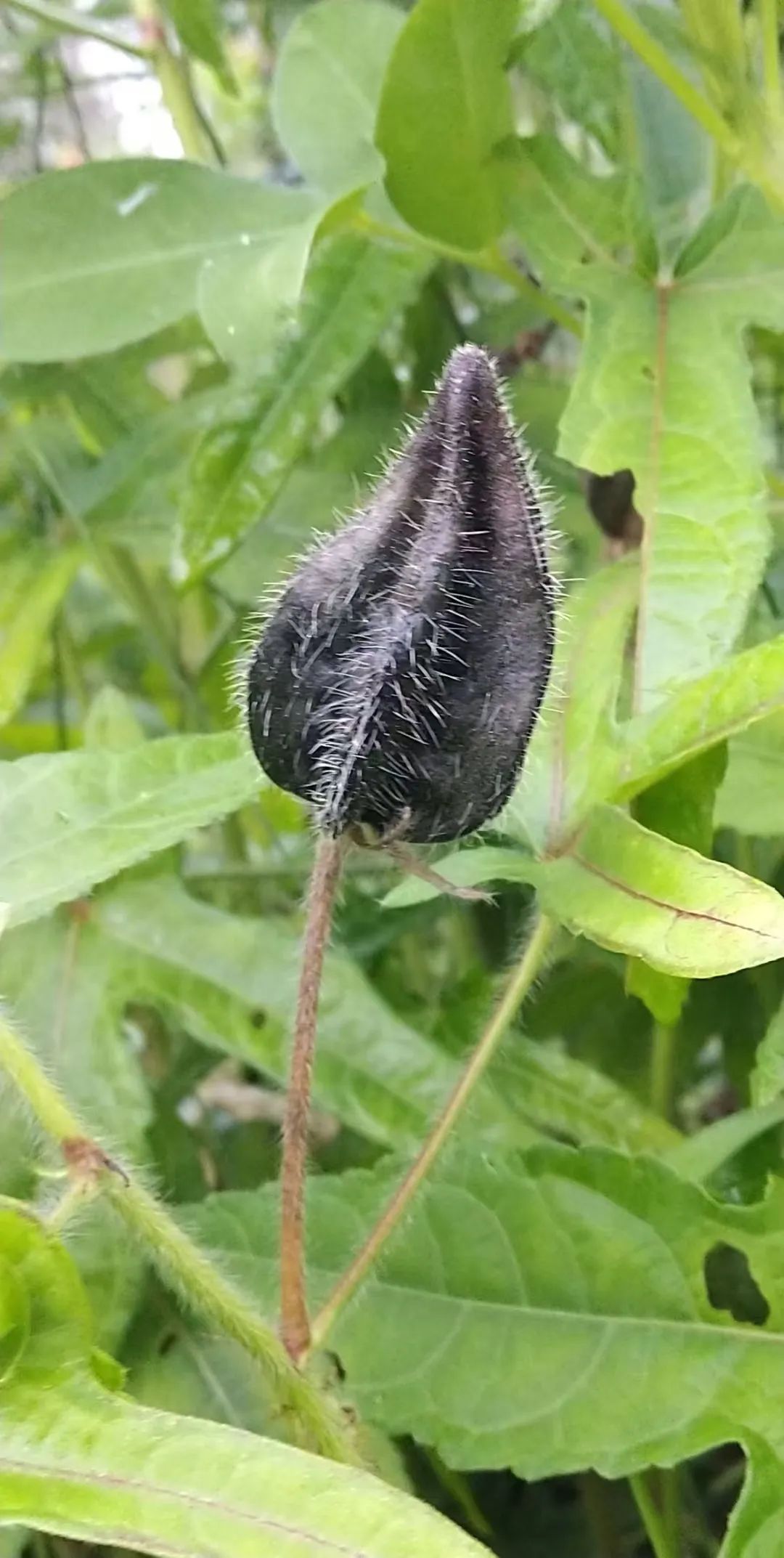
Figure 5

Figure 6
2.2 Shanglu
During my volunteer service in the Xinjiang Production and Construction Corps from 2003 to 2005, I encountered workers in a certain brigade in southern Xinjiang who mistakenly planted Shanglu (Rhamnus) as Ren Shen. After understanding the situation, they harvested it in autumn, cleaned it, sliced it, and soaked it in medicinal wine. Drinking too much led to nosebleeds and frequent urination, mistakenly believed to be due to the tonifying and detoxifying effects of Ren Shen. I subsequently reviewed the literature and organized materials, and before the Shanglu was harvested, I created a blackboard report on the adulterants of Ren Shen at the brigade headquarters and used the broadcast to educate the brigade workers, effectively correcting the mistakes of misplanting and misusing Shanglu, thus avoiding the recurrence of poisoning and other dangerous phenomena.
Shanglu is the dried root of the plant Rhamnus (native species) or Rhamnus frangula (introduced species). The cut surface is light yellow-brown or yellow-white, with the wood part raised, forming several concentric rings, commonly known as “compass pattern.” Longitudinal slices are curved or rolled, with the wood part showing parallel strip-like protrusions. It is hard in texture. The aroma is slight, the taste is slightly sweet, and prolonged chewing causes numbness of the tongue (see Figures 7, 8, and 9). Bitter, cold, and toxic. It enters the Lung, Spleen, Kidney, and Large Intestine meridians. It promotes diuresis and reduces swelling, facilitates urination, detoxifies, and disperses masses. It is used for edema, abdominal distension, urinary obstruction, and external treatment of carbuncles and toxic sores. Caution: contraindicated in pregnant women.
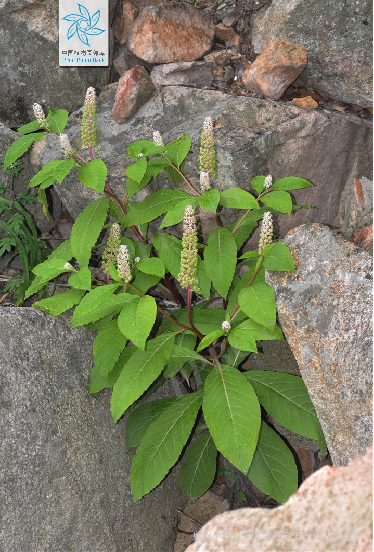
Figure 7
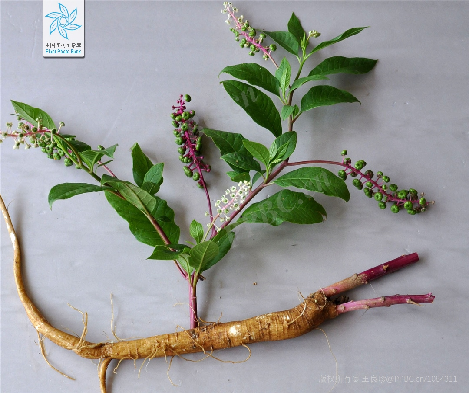
Figure 8
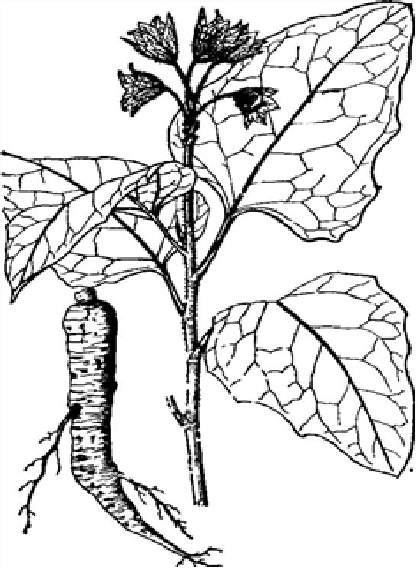
Figure 9
2.3 Tu Ren Shen
The root of the plant Portulaca oleracea from the Portulacaceae family. The root is conical or long spindle-shaped, branched or unbranched. The tip has woody stem remnants, the surface is gray-black, with longitudinal wrinkles and dotted root scars. After removing the cork and boiling, the surface is gray-yellow and semi-transparent, with dotted root scars and longitudinal wrinkles, hard in texture, difficult to break. The broken surface is flat if unprocessed, and angular if processed, often with a large cavity in the center. The aroma is slight, the taste is bland, and it has a slightly slippery feel (see Figures 10, 11). Sweet, bland, neutral. It enters the Spleen, Lung, and Kidney meridians. It tonifies qi, moistens the Lung, stops cough, and regulates menstruation. It is indicated for qi deficiency, fatigue, poor appetite, diarrhea, pulmonary tuberculosis with hemoptysis, dizziness, tidal fever, night sweats, spontaneous sweating, irregular menstruation, leukorrhea, and insufficient milk in postpartum women.
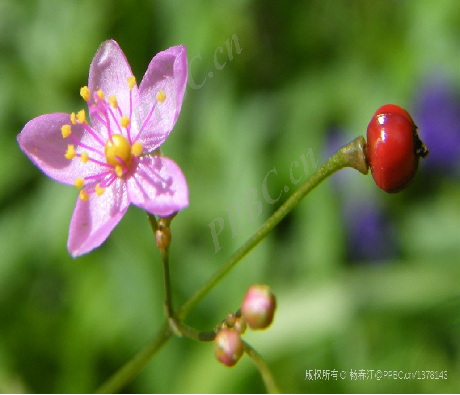
Figure 10
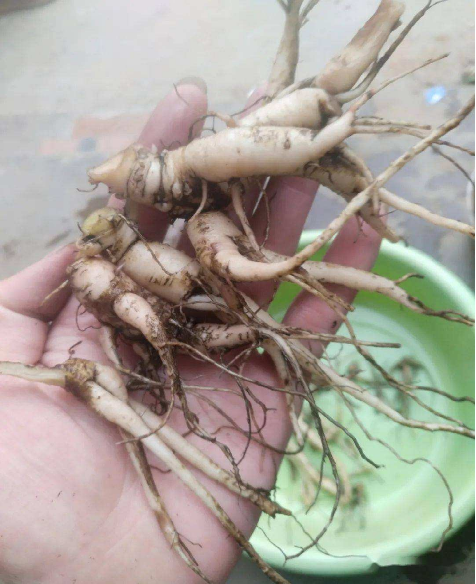
Figure 11
2.4 Huashan Shen
The root of the plant Solanum tuberosum from the Solanaceae family. The root is long conical or cylindrical, often curved, some with branches. The tip often has one to several rhizomes, with stem scars and warty protrusions. The surface is brownish, with yellow-white horizontal pores, root scars, and longitudinal wrinkles, with dense ring patterns at the upper part. It is hard and brittle, with an uneven broken surface, the bark is narrow and whitish, and the wood part is broad and light yellow, with fine radial patterns visible. The aroma is slight, the taste is slightly bitter, and it causes slight numbness of the tongue (see Figures 12, 13). Sweet, slightly bitter, hot, and toxic. It relieves cough and asthma, calms the spirit, and stops fright. It is used for cough with cold phlegm, palpitations, insomnia, and fright. Caution: not suitable for long-term use to avoid poisoning. Contraindicated in patients with glaucoma. Use with caution in pregnant women and those with severe prostate hyperplasia.
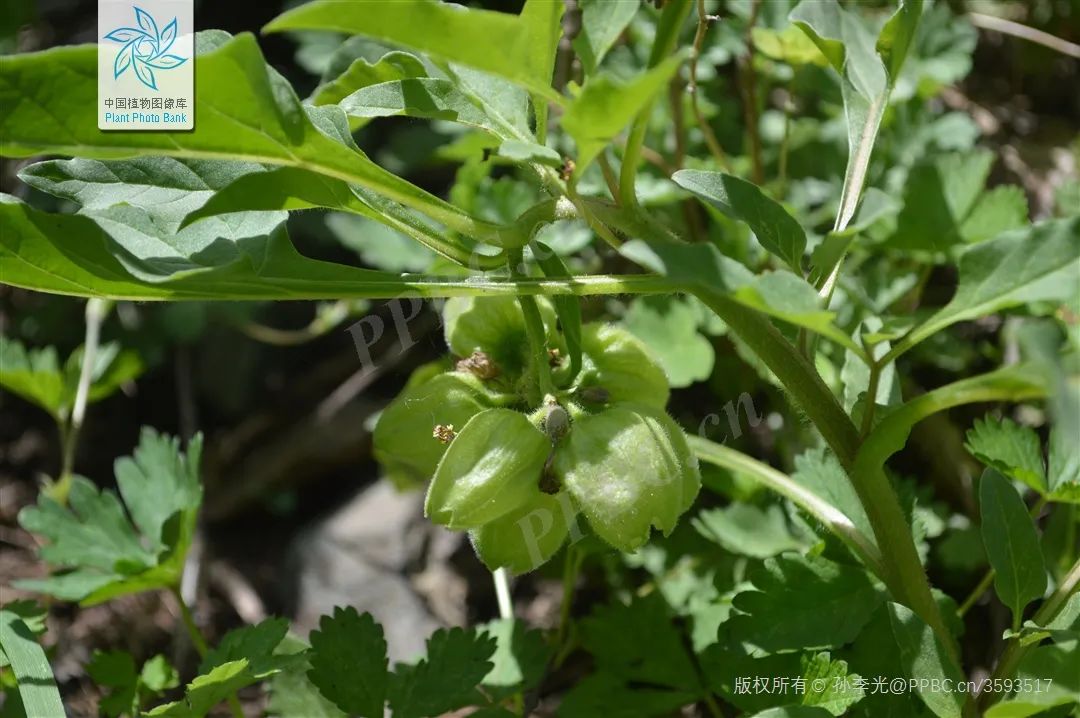
Figure 12

Figure 13
2.5 Ju Sanqi
Ju Sanqi, the root of the plant Panax notoginseng from the Araliaceae family, is also known as Tu Sanqi. The root is fist-shaped and thick, with a gray-brown or brown-yellow surface, often with tumor-like protrusions and intermittent arc-shaped grooves, with stem bases or bud scars at the top, and the lower part has root hairs or is broken. It is solid, difficult to break, with an uneven broken surface, white when fresh, and light yellow when dried, with a flower heart. The aroma is absent, the taste is sweet and bland, slightly bitter afterward. The best quality is dry, neat, firm, free of impurities, and with a bright broken surface (see Figures 14, 15). Sweet and bitter, warm. It breaks blood and disperses stasis, stops bleeding, and reduces swelling. It is used for trauma, bleeding from wounds, hemoptysis, and postpartum blood stasis pain.
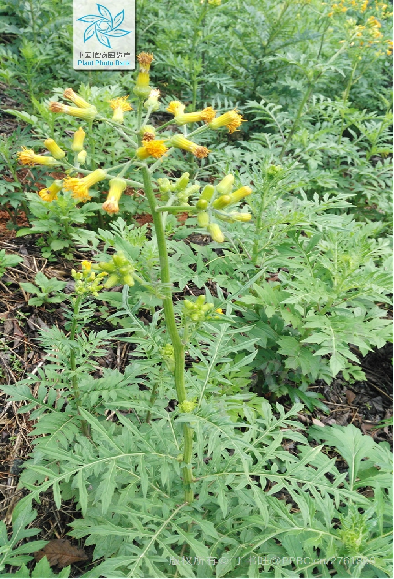
Figure 14
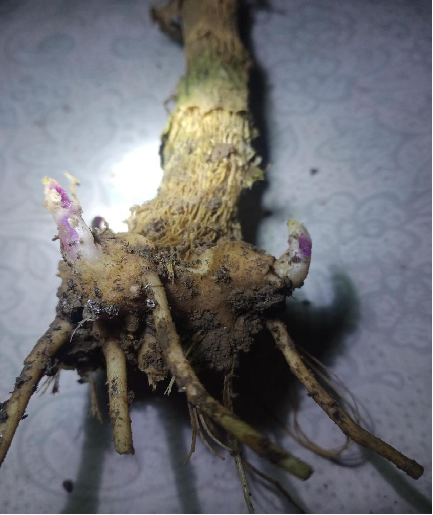
Figure 15
Ju Sanqi contains pyrrolizidine alkaloids, which can cause damage to the small hepatic veins, leading to hepatic sinusoidal obstruction syndrome, with serious consequences. I once encountered a farmer who produced and sold Tu Sanqi, taking a spoonful every night for about six months, which led to hepatic sinusoidal obstruction syndrome, and he was sent to the hospital when he developed liver ascites. After about three months of hospitalization, a strong man in his fifties passed away, which is truly regrettable!
2.6 Zhu Jie Shen
The root of the plant Dendropanax morbifera from the Araliaceae family. This product is slightly cylindrical, slightly curved, some with fleshy lateral roots. The surface is yellow or yellow-brown, rough, with dense longitudinal wrinkles and root scars. The nodes are obvious, with each node having a depressed stem scar. It is hard, with a broken surface that is yellow-white to light yellow-brown, with yellow dotted vascular bundles arranged in a ring (see Figures 16, 17). It enters the Liver, Spleen, and Lung meridians. Sweet, slightly bitter, warm. It nourishes and strengthens, disperses stasis, stops pain, and stops bleeding. It is used for post-illness weakness, cough with hemoptysis, cough with phlegm, and trauma.
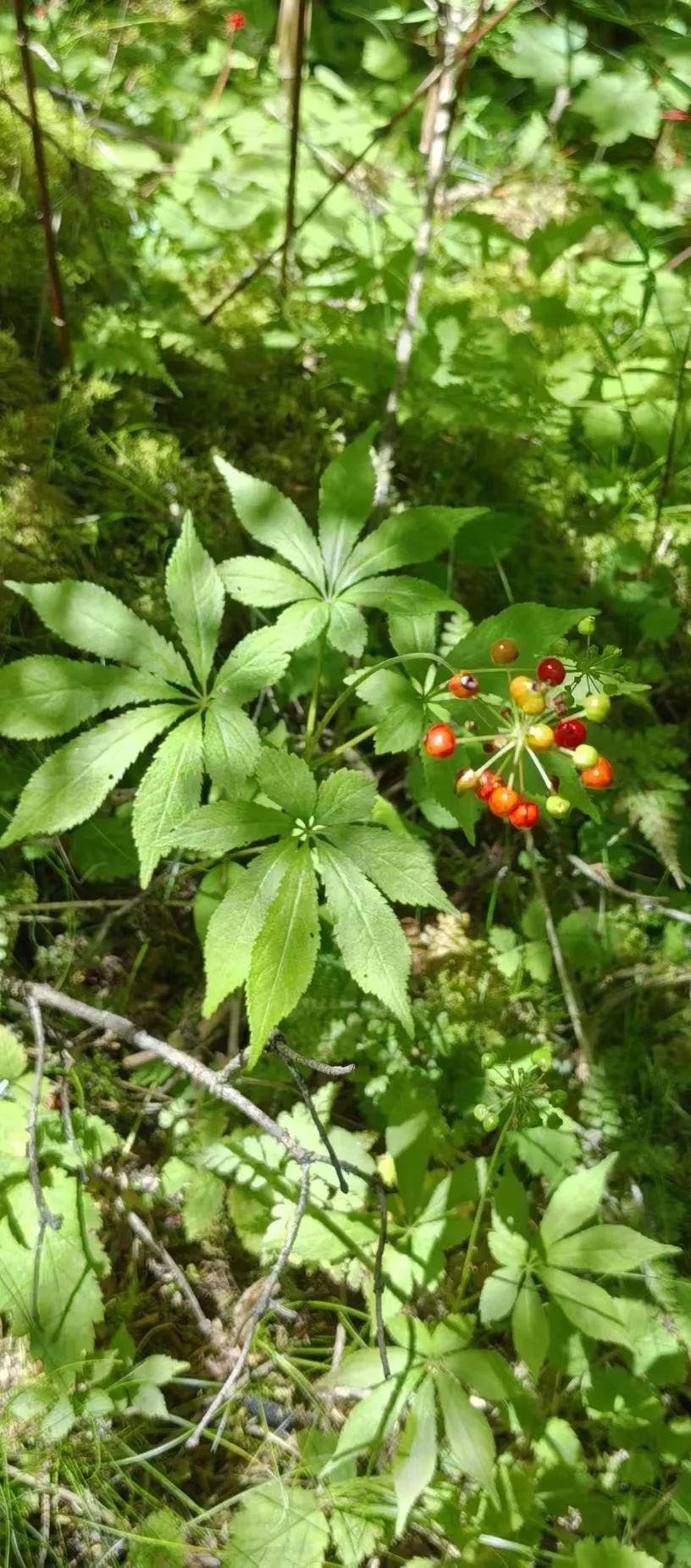
Figure 16
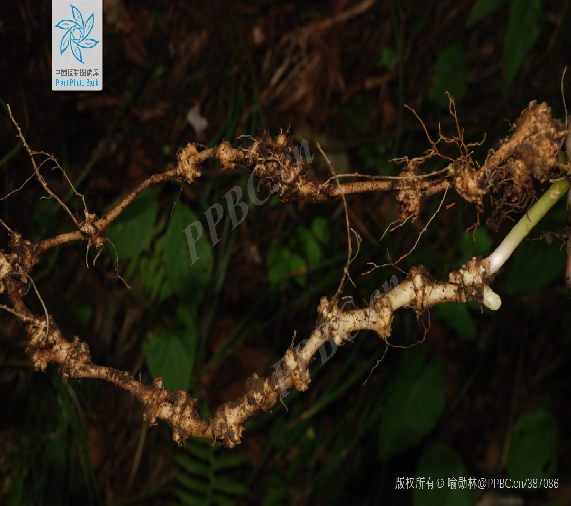
Figure 17
2.7 Other Types of Ren Shen Adulterants
Literature review indicates that at least ten types of plant roots, including Dang Shen (Codonopsis), Jin Qian Bao (Lysimachia), Vigna unguiculata, mountain lettuce, purple jasmine, Sha Shen (Glehnia), Ya Cong (Allium), and others have been used to impersonate Ren Shen in medicine.
3. Various Medicinal “Ginseng” from Abroad
In fact, tonifying original qi with “ginseng”-like medicines is not unique to China. “All medicines have their boundaries”; various regions around the world also have their unique “ginseng” (or similar effects to ginseng). Below are several major types of “ginseng” from around the world.
3.1 Western Ginseng – Xi Yang Shen
The dried root and rhizome of Panax quinquefolius from the Araliaceae family, known as Xi Yang Shen, grows in mountainous areas at an altitude of about 1000m, found in Canada, the United States, eastern Asia, the central and southern regions of North America, and the eastern coastal areas of Oceania (see Figures 18, 19). Xi Yang Shen is well-known, with milder effects, and is less likely to cause internal heat with long-term use.
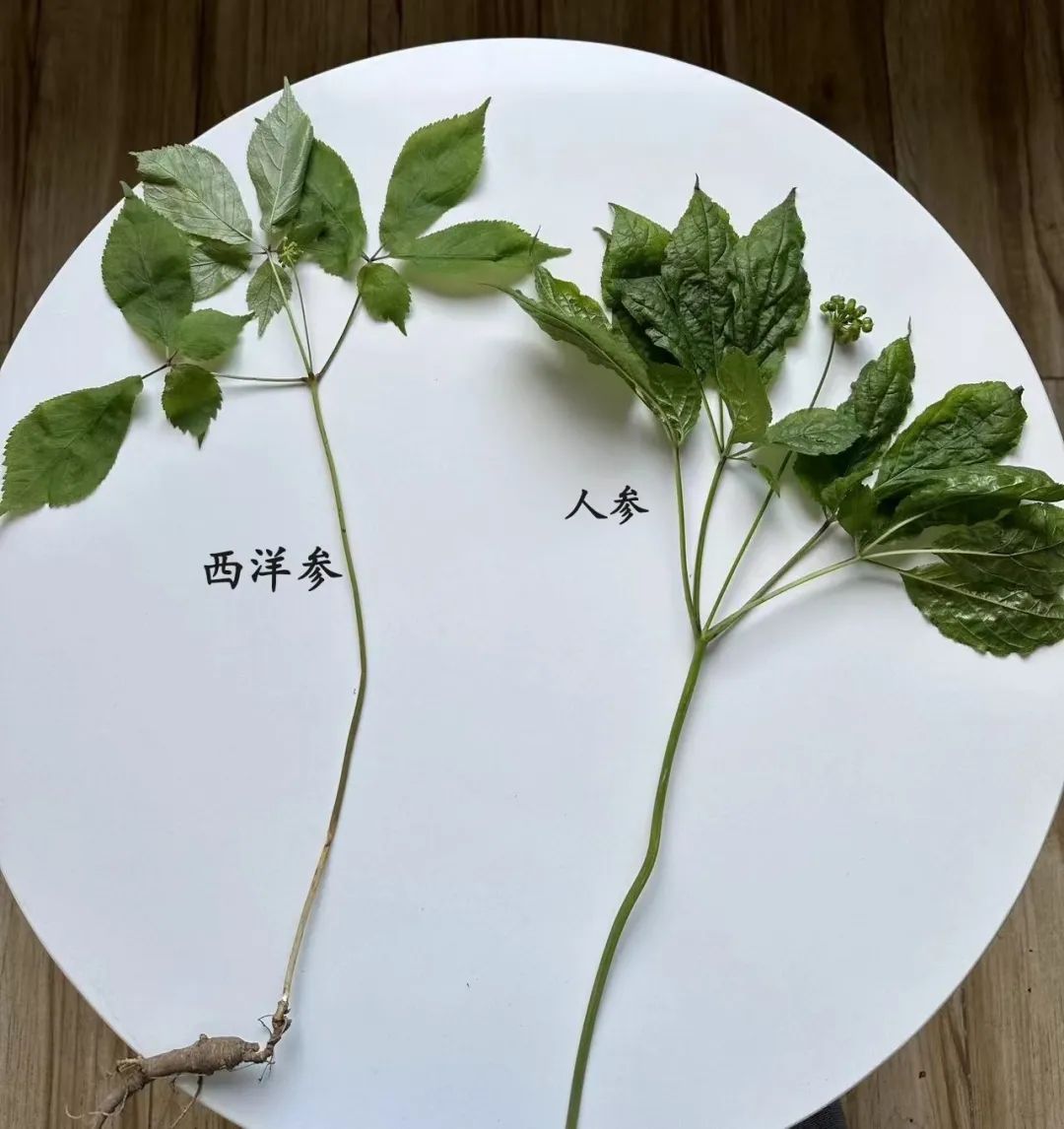
Figure 18
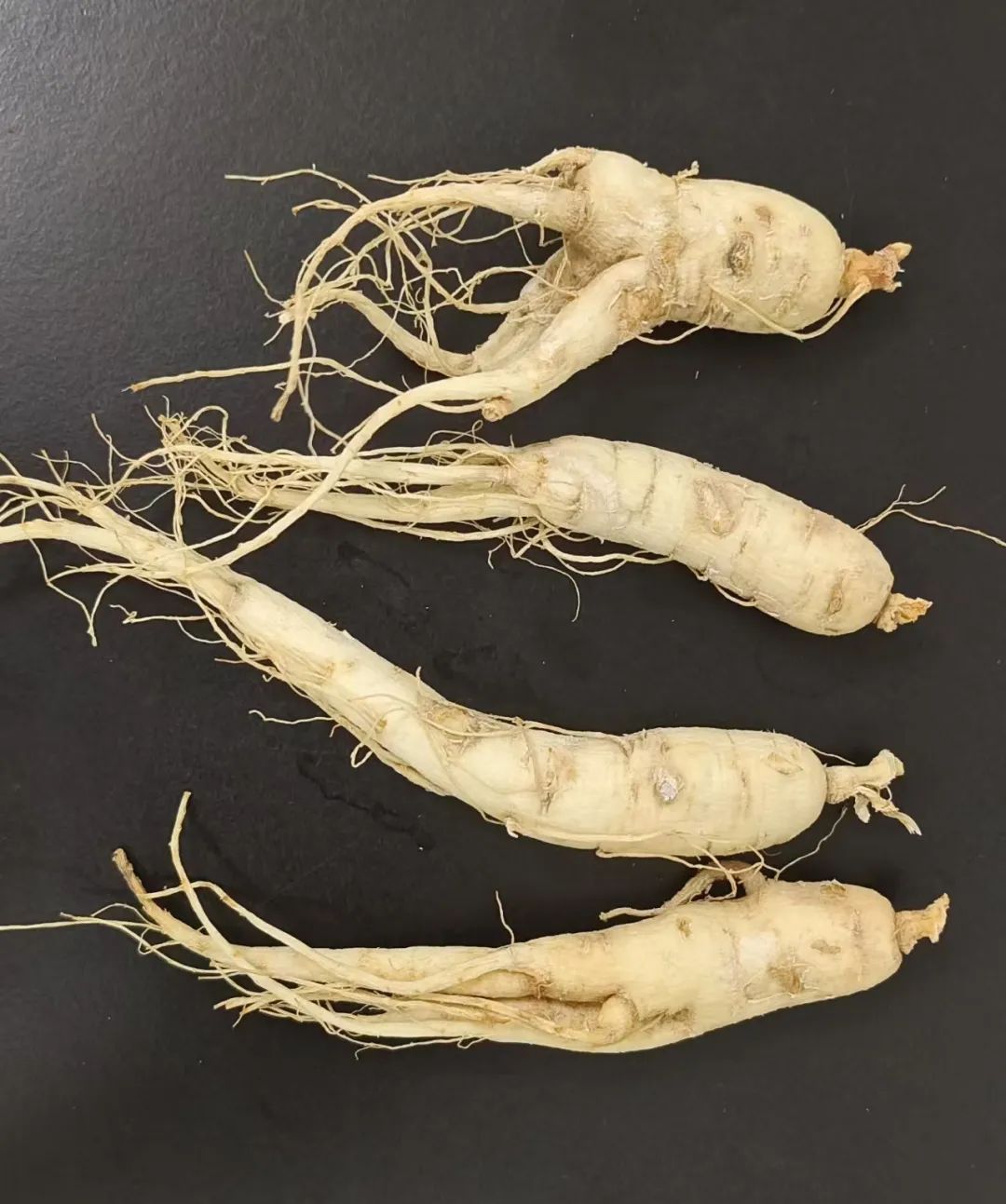
Figure 19
3.2 Eastern Ginseng – Niubang Gen
The fleshy taproot of Arctium lappa from the Asteraceae family, also known as Niubang Gen, grows in slopes, valleys, and shrub areas in Taiwan, Shandong, Hubei, Anhui, Zhejiang, and other regions of China. It is distributed across Eurasia and South America (see Figures 20, 21).
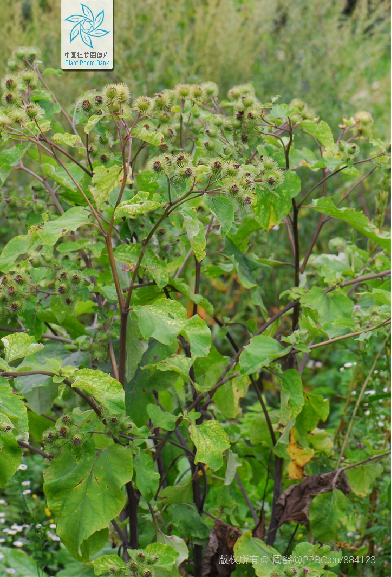
Figure 20
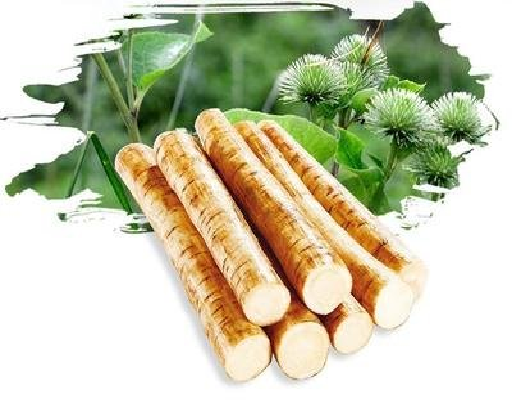
Figure 21
3.3 Nanyang Ginseng – Dong Ge Li
The dried root of the plant Eurycoma longifolia from the Simaroubaceae family, also known as Dong Ge Li, grows in the primitive tropical rainforest regions near the equator in Southeast Asia, including Malaysia, Indonesia, and Vietnam (see Figures 22, 23).
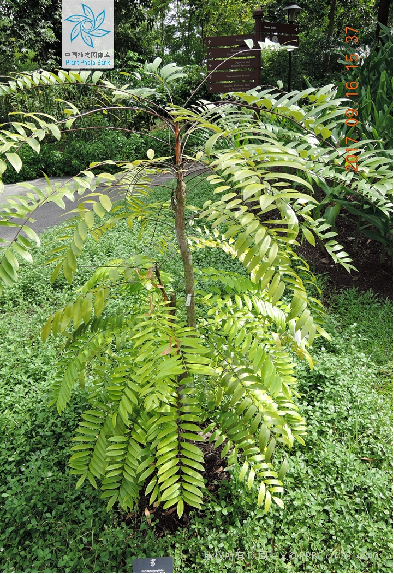
Figure 22
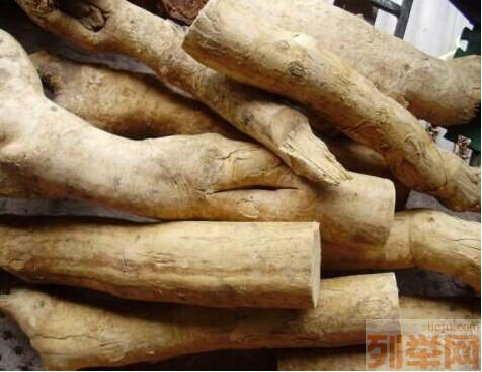
Figure 23
3.4 South American Ginseng – Maca
The dried root of Lepidium meyenii from the Brassicaceae family, known as Maca, Inca root, Andean ginseng, or Peruvian ginseng, grows in the Andes Mountains of South America, the Andean plateau, and regions of Peru (see Figures 24, 25).
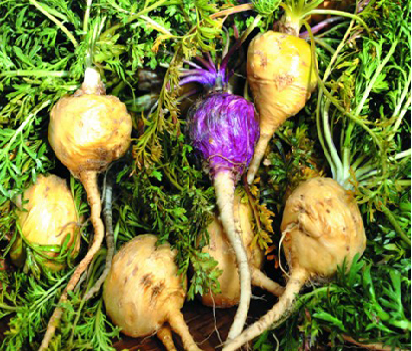
Figure 24
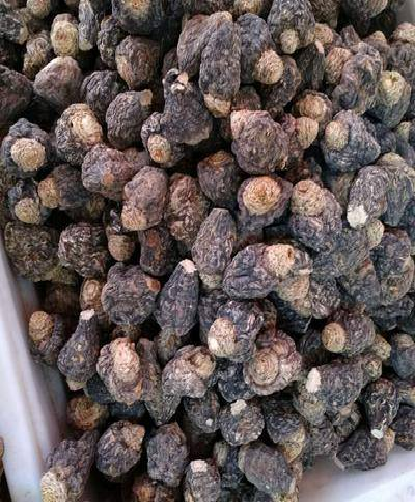
Figure 25
3.5 Brazilian Ginseng – Pfaffia
The dried root of Pfaffia paniculata from the Amaranthaceae family, also known as Brazilian ginseng, is mainly distributed in the tropical rainforest regions of Central and South America, the Mediterranean, and tropical rainforest areas in Brazil, Ecuador, and Panama (see Figure 26).
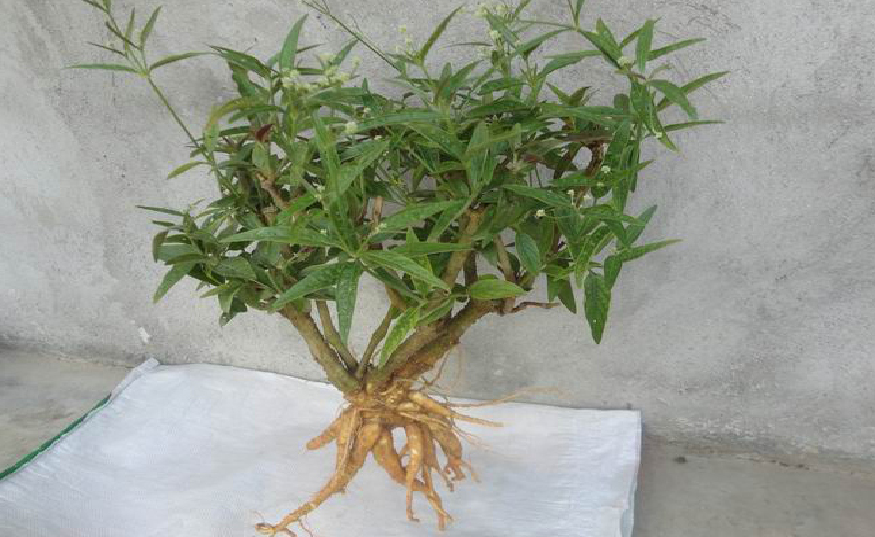
Figure 26
3.6 European Ginseng – Solanum
The dried root and rhizome of Solanum dulcamara from the Solanaceae family, also known as poisonous ginseng, grows in grasslands at altitudes of 2200-4200m, distributed in southern and central Europe, the Mediterranean, and other regions (see Figure 27).
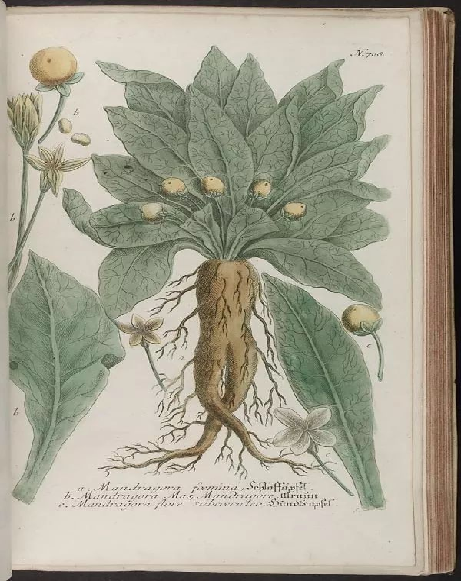
Figure 27
3.7 Indian Ginseng – Withania
The dried root of Withania somnifera from the Solanaceae family, also known as winter cherry or South African ginseng, grows in relatively dry areas in India, Nepal, China, Congo, South Africa, Morocco, Jordan, and Pakistan (see Figure 28).
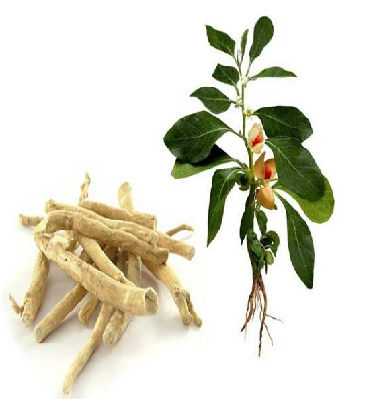
Figure 28
3.8 Siberian Ginseng – Eleutherococcus
The dried root and rhizome of Eleutherococcus senticosus from the Araliaceae family, also known as Siberian ginseng, grows in forests or thickets at altitudes ranging from hundreds to 2000m, distributed in Siberia, China, and regions such as Heilongjiang, Jilin, Liaoning, Hebei, and Shanxi, as well as in Korea, Japan, and Russia (see Figures 29, 30).
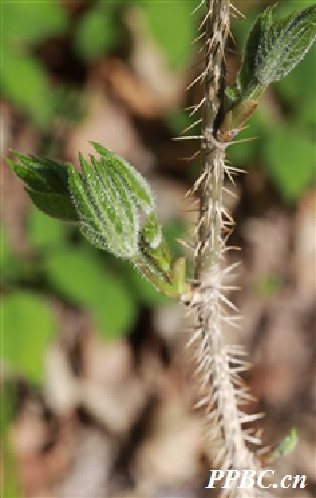
Figure 29
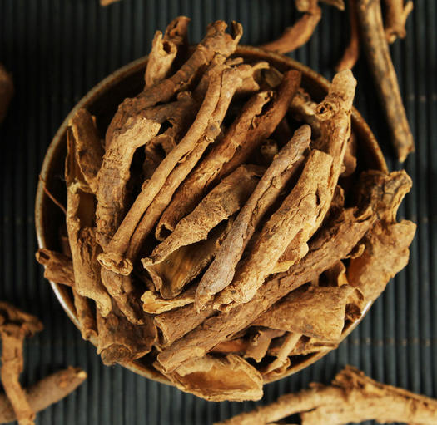
Figure 30
Reminder: Ren Shen and Xi Yang Shen can promote precocious puberty (early development of secondary sexual characteristics), so minors (especially children) should not take them for extended periods.
Contribution: Pharmacy Department, Qin Tao Edited by: Jia Xiaoli Reviewed by: Li Nan Coordinated by: Zhang Jizhong




